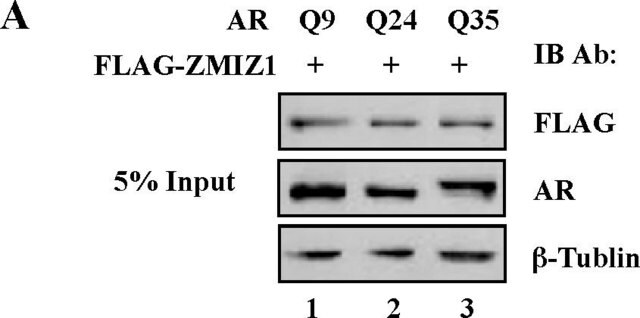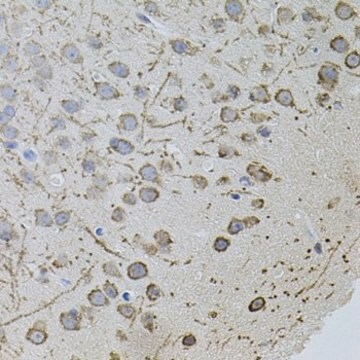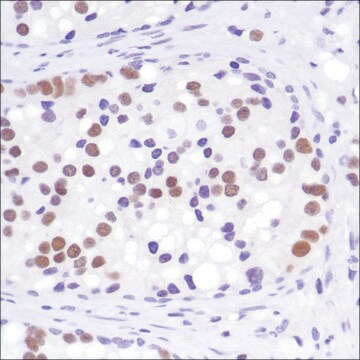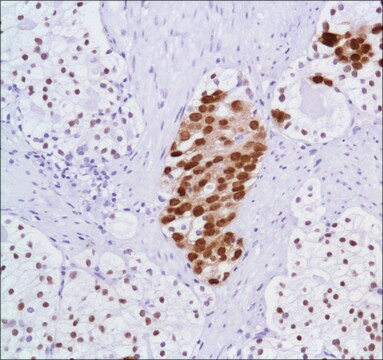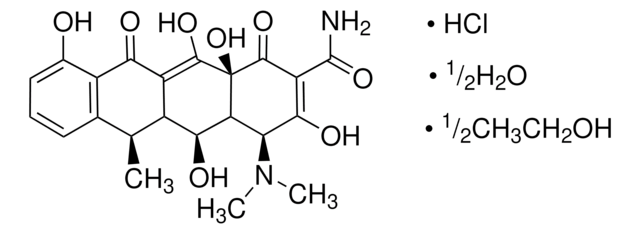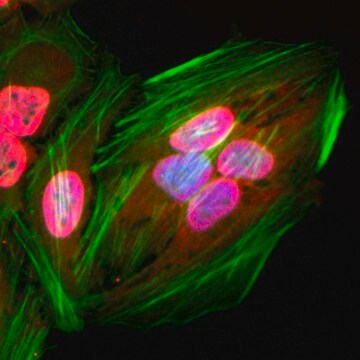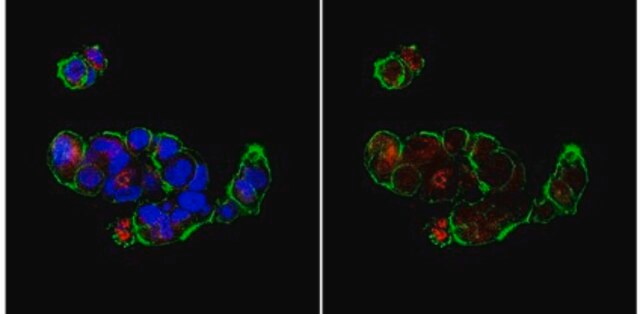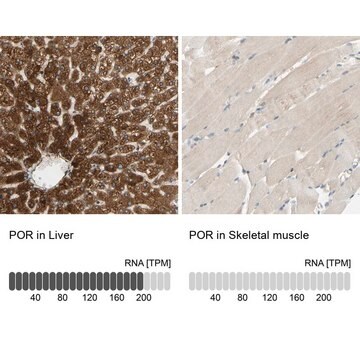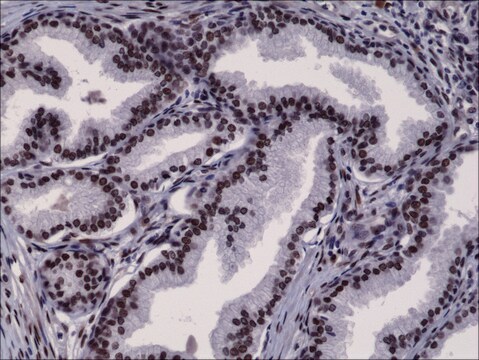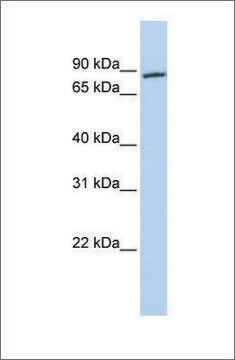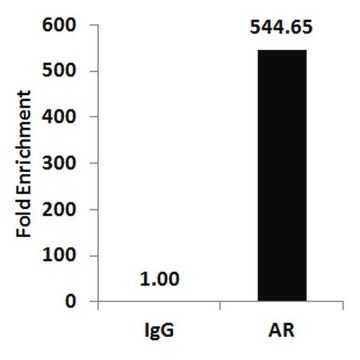A9853
Anti-Androgen Receptor antibody produced in rabbit
affinity isolated antibody, buffered aqueous solution
Sinonimo/i:
Androgen Receptor Antibody, Androgen Receptor Antibody - Anti-Androgen Receptor antibody produced in rabbit, Anti-AR
About This Item
Prodotti consigliati
Origine biologica
rabbit
Coniugato
unconjugated
Forma dell’anticorpo
affinity isolated antibody
Tipo di anticorpo
primary antibodies
Clone
polyclonal
Stato
buffered aqueous solution
PM
antigen 110 kDa (additional band may be observed at 45 kDa)
Reattività contro le specie
rat, human
tecniche
immunohistochemistry (formalin-fixed, paraffin-embedded sections): 20-40 μg/mL using microwave-pretreated human prostate tissue sections
immunoprecipitation (IP): 5-10 μg using human MCF7 cell lysate ( 250 μg)
microarray: suitable
western blot: 1-2 μg/mL using whole extract of rat brain
N° accesso UniProt
Condizioni di spedizione
dry ice
Temperatura di conservazione
−20°C
modifica post-traduzionali bersaglio
unmodified
Categorie correlate
Descrizione generale
Anti-Androgen Receptor specifically recognizes the human androgen receptor protein (110 kDa). An additional band may be observed at 45 kDa. The antibody cross-reacts with rat androgen receptor.
Specificità
Immunogeno
Applicazioni
Western Blotting (1 paper)
Stato fisico
Esclusione di responsabilità
Non trovi il prodotto giusto?
Prova il nostro Motore di ricerca dei prodotti.
Codice della classe di stoccaggio
10 - Combustible liquids
Classe di pericolosità dell'acqua (WGK)
WGK 2
Punto d’infiammabilità (°F)
Not applicable
Punto d’infiammabilità (°C)
Not applicable
Dispositivi di protezione individuale
Eyeshields, Gloves, multi-purpose combination respirator cartridge (US)
Scegli una delle versioni più recenti:
Possiedi già questo prodotto?
I documenti relativi ai prodotti acquistati recentemente sono disponibili nell’Archivio dei documenti.
I clienti hanno visto anche
Il team dei nostri ricercatori vanta grande esperienza in tutte le aree della ricerca quali Life Science, scienza dei materiali, sintesi chimica, cromatografia, discipline analitiche, ecc..
Contatta l'Assistenza Tecnica.